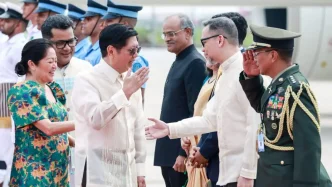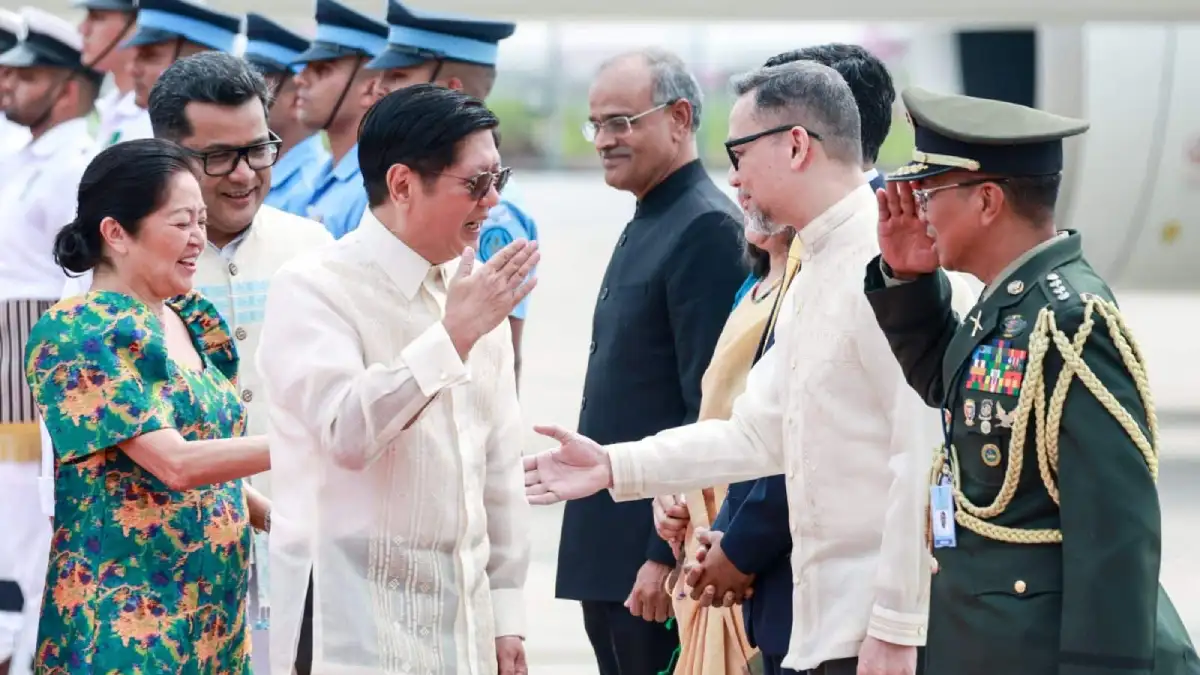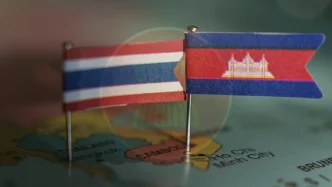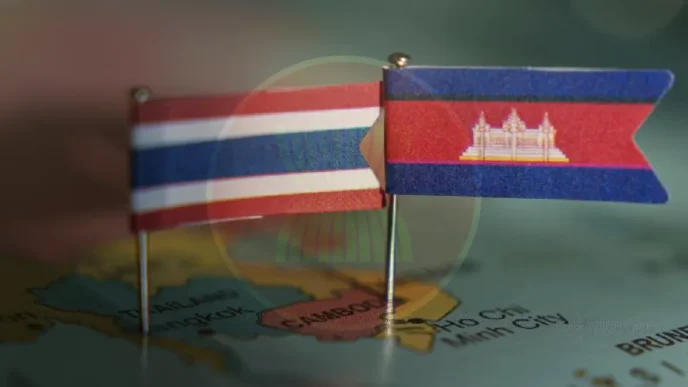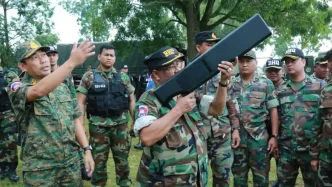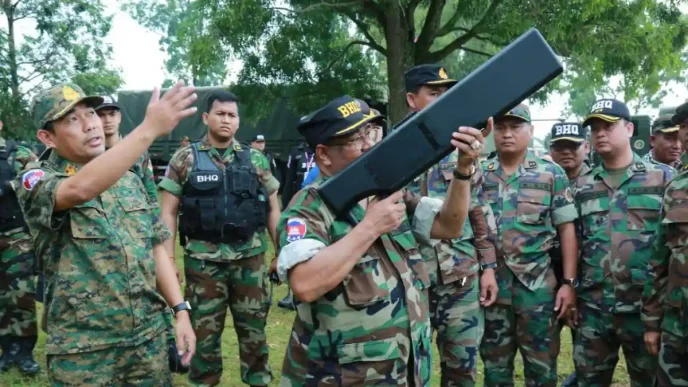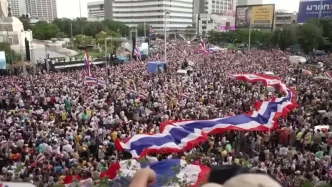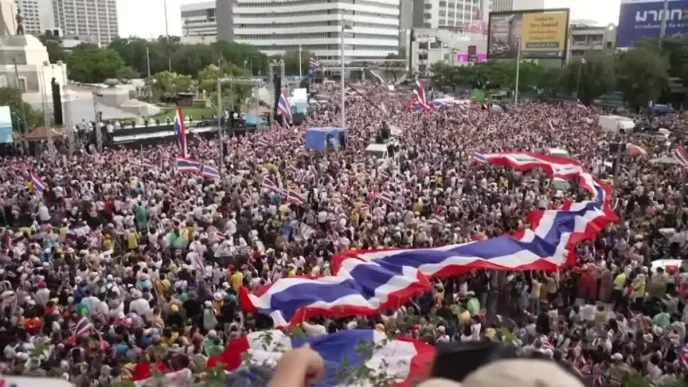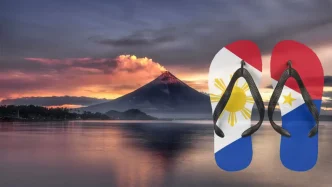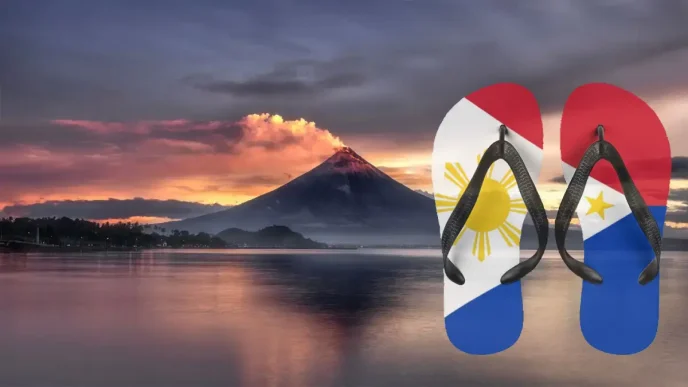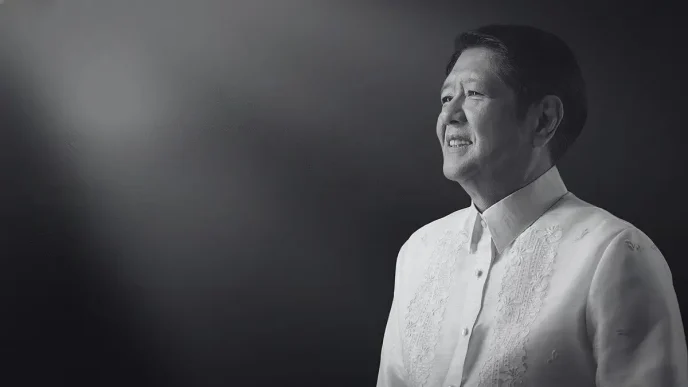Philippine’s leader, President Ferdinand R. Marcos Jr., departed for a significant five-day state visit to India on August 4, 2025, aiming to deepen bilateral ties between the two nations. The visit, scheduled for 4 days, at the invitation of Indian Prime Minister Narendra Modi, underscores a mutual commitment to enhancing cooperation across defense, trade, health, and maritime interests in the Indo-Pacific region.
A Strategic Partnership in the Indo-Pacific
President Marcos left Manila from Villamor Air Base in Pasay City at approximately 10:44 a.m. on Monday, August 4, 2025, after conferring with Cabinet members and government officials. In a pre-departure statement, he emphasized the shared strategic interests that bind the Philippines and India, particularly their roles as coastal states along critical trade routes in the Indo-Pacific. He highlighted the importance of protecting international seafarers, upholding maritime law—including the United Nations Convention on the Law of the Sea (UNCLOS) and the 2016 Arbitral Award—and fostering regional peace.
“Our geostrategic position as coastal states that border the busiest international trade routes and critical sea lines of communication in the Indo-Pacific region, our shared interest in protecting the rights and welfare of our international seafarers, our steadfastness in upholding international maritime law, and our unwavering commitment to regional peace and cooperation serve as credible foundations of our active and growing maritime cooperation,” Marcos stated before his departure.
This focus on maritime collaboration comes at a time of heightened geopolitical tensions in the region, particularly in the West Philippine Sea, where the Philippines has sought to assert its sovereign rights. The first joint naval patrols between the Philippine and Indian navies, reported recently, signal a growing alignment in addressing regional security challenges. Marcos’s visit is poised to build on these efforts, potentially formalizing further defense cooperation.
Expanding Bilateral Horizons
The state visit, scheduled from August 4 to 8, 2025, is expected to yield at least six agreements between the two countries, according to Assistant Secretary Evangeline Ong Jimenez-Ducrocq of the Office of Asian and Pacific Affairs. While specific details of the agreements remain undisclosed, they are anticipated to span a wide range of sectors, including trade, investment, health, pharmaceuticals, connectivity, agriculture, and tourism. This is his first to India since taking office in June 2022, where he will hold talks with Prime Minister Narendra Modi, and deliver a speech on the theme of the Philippines and India as partners for a rules-based order, scheduled for August 6.
Marcos expressed a clear intent to leverage India’s status as the world’s fourth-largest economy for the benefit of Filipinos. “It is incumbent upon us, now more than ever, to maximize the opportunities in trade and investment with the world’s fourth-largest economy,” he remarked. He also underscored his goal of securing tangible outcomes from the visit, such as access to more affordable medicines, improved connectivity, and enhanced food security for the Philippines. “I want this visit to bring concrete benefits for the Filipino people,” he added.
The agenda for Marcos’s trip includes a bilateral meeting with Prime Minister Modi, a courtesy call on Indian President Droupadi Murmu, and engagements with other key officials in New Delhi. Additionally, Marcos is set to meet with the Filipino community in the Indian capital, reinforcing cultural ties. A notable stop in Bangalore—often referred to as the “Silicon Valley of India”—will see him engaging with several Indian CEOs eager to explore business opportunities with the Philippines.
Economic and Cultural Synergies
The economic dimension of the visit cannot be overstated. India’s rapidly growing economy presents a wealth of opportunities for the Philippines, particularly in sectors like pharmaceuticals, where Indian generics could help lower healthcare costs for Filipinos. Agriculture and food security, critical areas for the Philippines given its vulnerability to climate change and global supply chain disruptions, are also expected to feature prominently in discussions. Connectivity—whether through improved air links or digital infrastructure—could further facilitate people-to-people and business exchanges between the two nations.
Beyond economics, the visit holds symbolic importance. Marcos articulated a vision for a “deeper, broader, and more meaningful” partnership with India, one that contributes to peace, stability, and prosperity across the wider Indo-Pacific region. This aspiration aligns with the shared democratic values and historical ties between the two countries, which date back centuries through trade and cultural exchanges along ancient maritime routes.
Geopolitical Context and Regional Implications
The timing of Marcos’s visit is significant, as both the Philippines and India navigate complex regional dynamics in the Indo-Pacific. For Manila, strengthening ties with New Delhi serves as a counterbalance to China’s assertiveness in the South China Sea, where overlapping territorial claims have fueled tensions. India, meanwhile, views the Philippines as a key partner in its Act East Policy, which seeks to bolster engagement with Southeast Asia amid its own strategic competition with China along shared borders.
Local media in India reported that the two nations will begin a two-day “bilateral maritime cooperative activity” in waters close to the Scarborough Shoal, in the West Philippine Sea, a focal point of the maritime dispute between China and the Philippines. The exercise “will focus on enhancing inter-operability and maritime cooperation” with a contingent of four Indian warships: the guided missile destroyer INS Delhi, the survey ship INS Sandhayak, the fleet tanker INS Shakti, and the anti-submarine warfare corvette INS Kiltan. According Philippine Navy Captain John Alcos, to the aim of the exercise is “to further strengthen the robust maritime relationship between the Philippine Navy and the Indian Navy”
The emphasis on maritime cooperation, including adherence to international law and the 2016 Arbitral Award—a ruling that favored the Philippines in its dispute with China over the South China Sea—sends a pointed message about the shared commitment to a rules-based order. While neither leader is expected to directly address specific adversaries during the visit, the subtext of their discussions will likely resonate across the region.
Analysts suggest that defense cooperation could emerge as a cornerstone of this partnership. The recent joint naval patrols between the two countries are a promising start, potentially paving the way for more robust military exercises, intelligence sharing, or even defense technology transfers. Such developments would bolster the Philippines’ capacity to safeguard its maritime interests while reinforcing India’s role as a stabilizing force in the Indo-Pacific.
Domestic Stakes for Marcos
For President Marcos, the state visit carries domestic political weight. Securing concrete economic benefits—such as trade deals or investment commitments—could bolster his administration’s credibility at home, where public opinion often hinges on tangible improvements in living standards. Affordable medicines, for instance, would directly impact millions of Filipinos struggling with healthcare costs, while advancements in food security could mitigate the impact of global price volatility on staple goods.
Moreover, Marcos’s focus on international partnerships reflects a broader strategy to position the Philippines as a proactive player on the global stage. By aligning with influential economies like India, he aims to diversify the country’s alliances beyond traditional partners like the United States, thereby enhancing Manila’s strategic autonomy. This approach, however, requires careful balancing to avoid alienating other regional powers or exacerbating domestic political divides over foreign policy.
Looking Ahead
As President Marcos engages with Indian leaders over the coming days, the outcomes of this state visit will be closely watched by policymakers and citizens alike. The agreements to be signed, the nature of discussions on maritime and defense cooperation, and the potential for economic breakthroughs will shape the trajectory of Philippines-India relations for years to come. Beyond bilateral gains, the visit could contribute to a broader regional framework of cooperation, reinforcing stability in an increasingly contested Indo-Pacific.
Yet, challenges remain. Translating high-level commitments into actionable policies will test the resolve of both governments, particularly in areas like trade and investment, where bureaucratic hurdles and domestic priorities can delay progress. For now, as Marcos touches down in New Delhi, the promise of a strengthened partnership offers a hopeful glimpse of what collaborative diplomacy can achieve in a complex geopolitical landscape.

